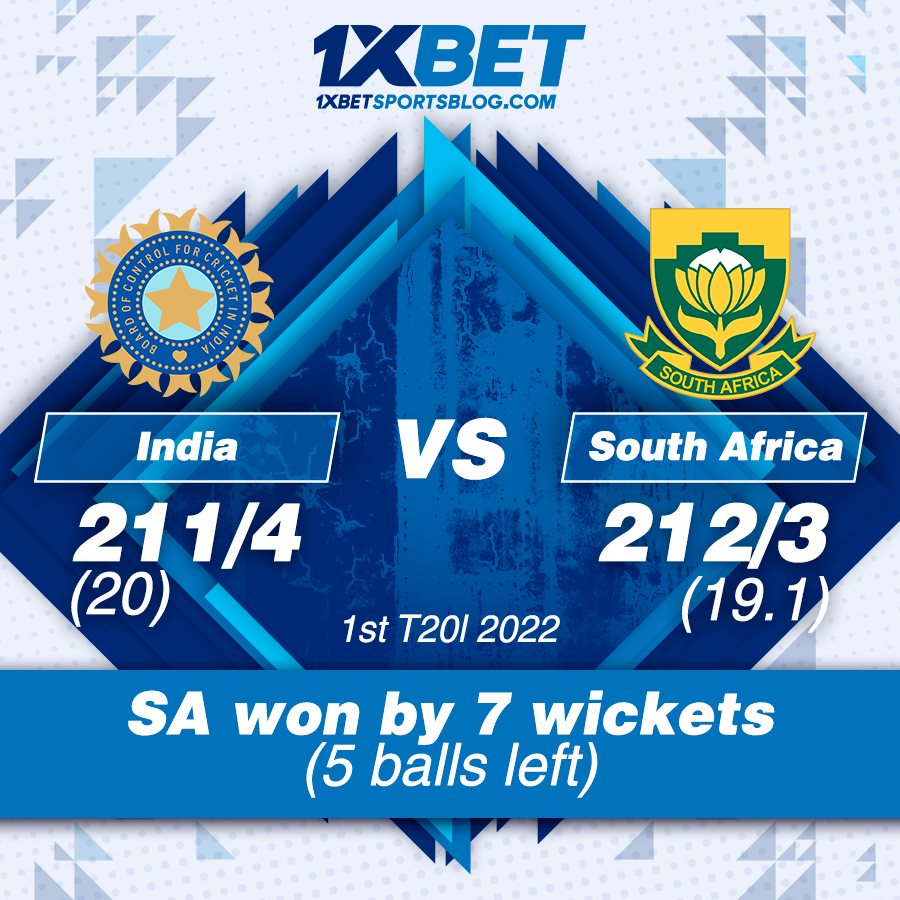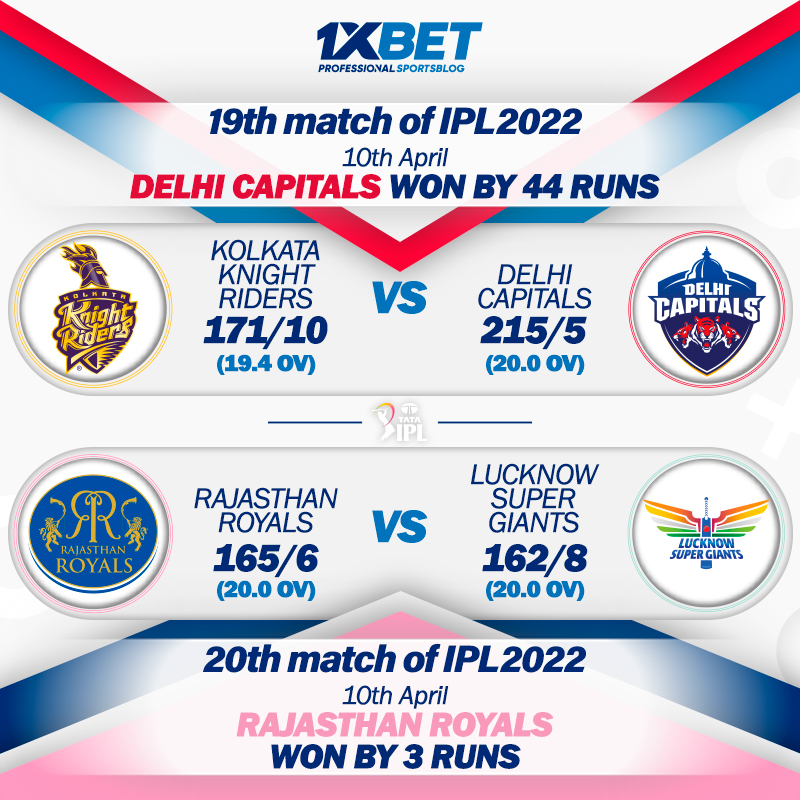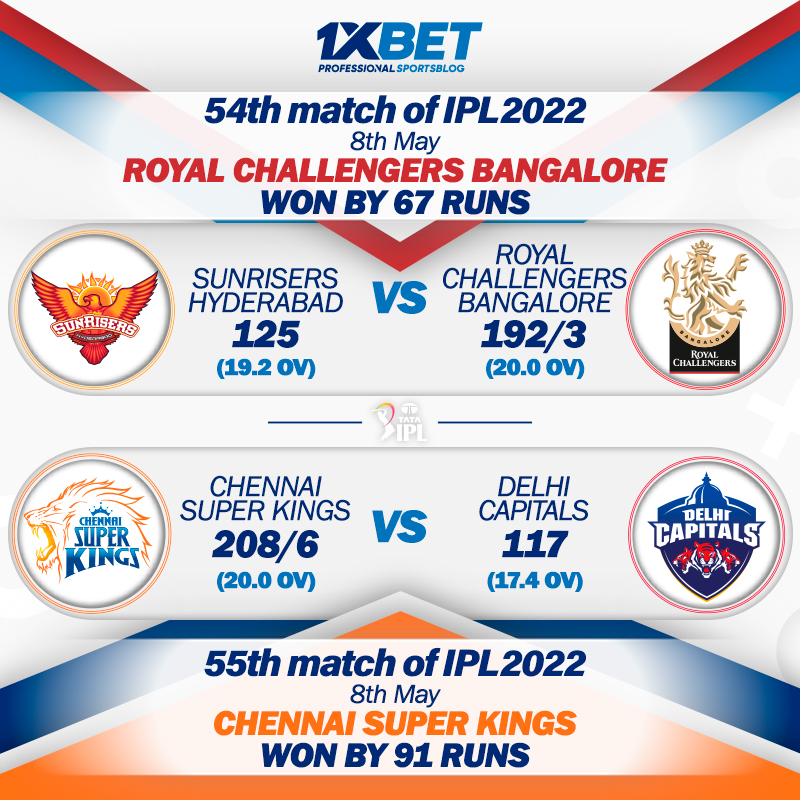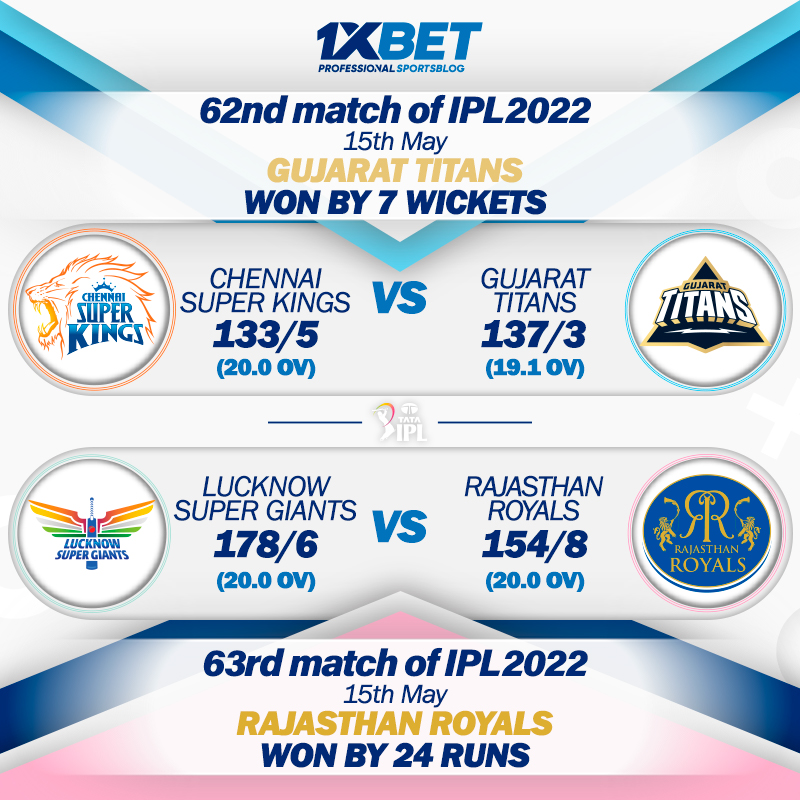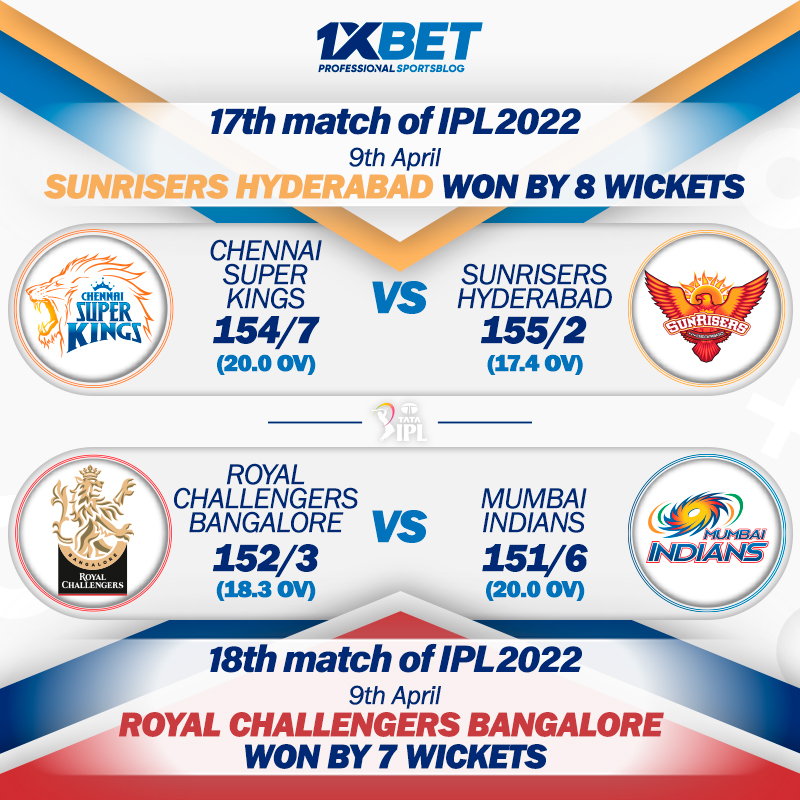The Zeptosecond Challenge: India's Grim Cricket Warfield

The cricket ball whizzed from Jasprit Bumrah's hand towards Shakib Al Hasan. Standing firm against one of the biggest opposition threats, Bumrah, Shakib hit it strongly - the echo of the tock reverberating around the stadium filling the zeptosecond - a mere trillionth of a billionth of a second - that defines Test match batting in India.
Despite the intense atmosphere, Bangladesh had shown resilience, engaging in a fifty partnership - commanding 89% of the deliveries thrown their way, and scoring eight boundaries. However, the cricketing gods had other plans. Ravindra Jadeja had Litton locked on his crease; Litton found himself with no way out. The conditions in Chennai favored the spinners, and here was Jadeja giving nothing away.
The plight forced Litton into making his own survival strategy. He observed that the midwicket position was unguarded and decided to catch the good-length balls just outside the off stump under his gaze and sweep them into the vulnerable area. However, his plan was enacted a zeptosecond too soon, enabling Jadeja to shift his line wider, disrupting Litton's strategy. It resulted in a catastrophic mis-hit and a resulting catch that left Bangladesh at a critical 91 for 6, and they eventually succumbed to 149 all out.
Playing in India is a demanding task, with India's spin-friendly pitches and relentless bowlers like Jamprit Bumrah, making it one of the most hostile grounds in recent years. The strategy is not to take wickets but to build pressure. When executed correctly, it leads to teams crumbling under the weight, much like Bangladesh in this recent match.

